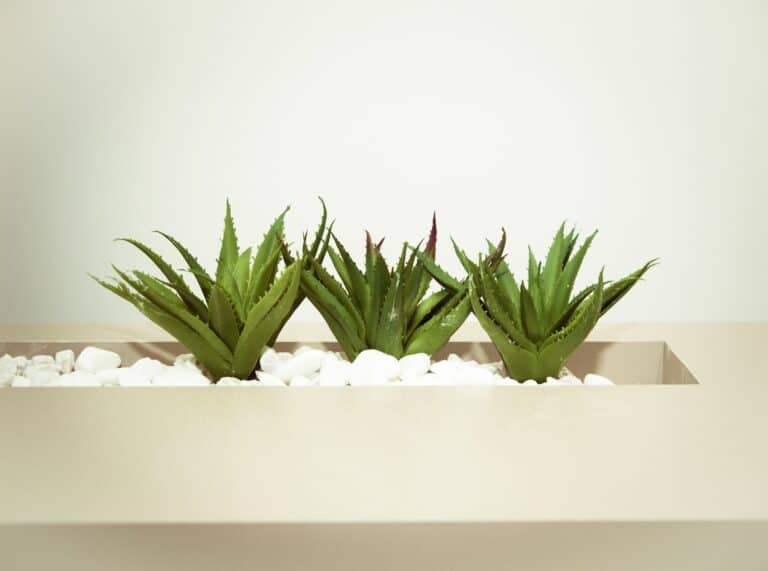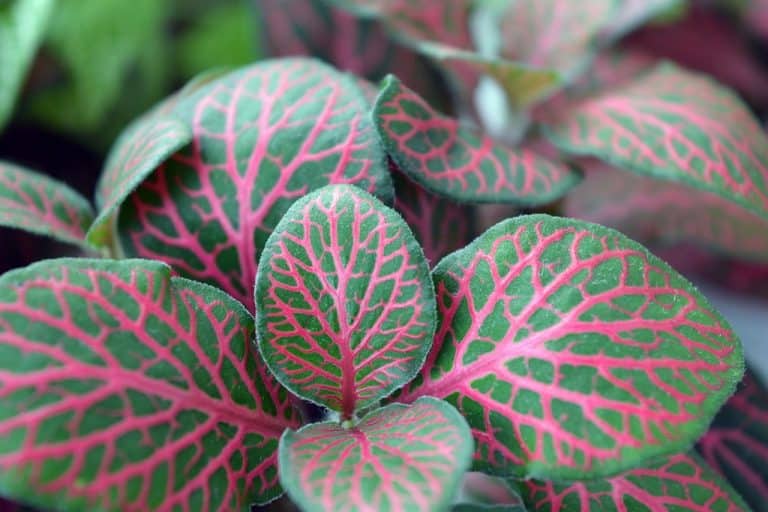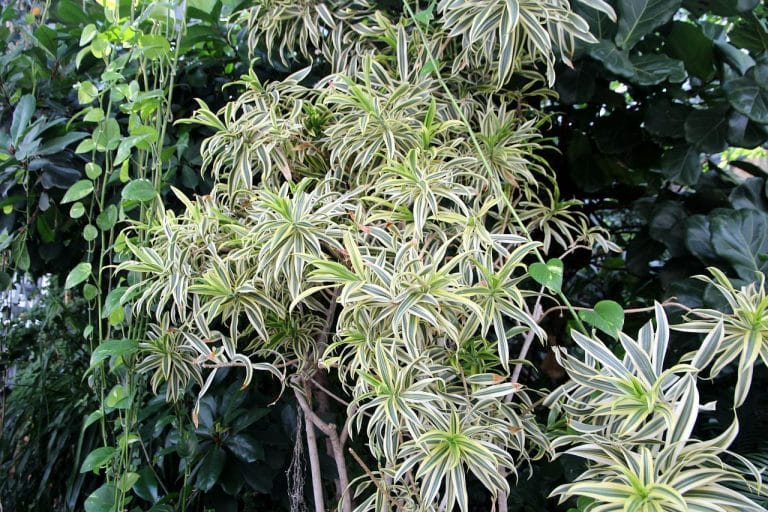The Best Plant Propagation Station – List & Review
A plant propagation station is an area in your home where you can grow plants from seed, cuttings, or division. It is a place where you have all of the supplies that you need to get started and where you can keep your plants until they are ready to be transplanted.
Propagation stations can be simple or complex. They can be as small as a windowsill or as large as a whole room.
The important thing is that you have everything that you need to get started and to keep your plants healthy.
What do you need for a plant propagation station?
To get started, you will need some basic supplies. These include:
Seeds: You can buy seeds from a garden center or online. You can also save seeds from your own plants.
Containers: You will need containers for your seeds and cuttings. These can be anything from plastic cups to pots to trays.
Potting mix: This is a special type of soil that is lightweight and well-draining. It is important to use the potting mix because regular soil can be too heavy and compacted for young plants.
Water: Your plants will need water to grow. Be sure to use clean water, such as distilled water or water that has been filtered.
Fertilizer: Fertilizer will help your plants to grow strong and healthy. You can buy fertilizer at a garden center or online.

Optional supplies:
Heating mat: A heating mat can help to keep your plants warm, which is important for germination.
Grow lights: Grow lights can be used to supplement natural light. They are especially important in the winter months when there is less sunlight.
How do you set up a plant propagation station?
Once you have gathered your supplies, you are ready to set up your propagation station. Follow these steps:
1. Choose a location: The best place for a propagation station is in a sunny spot near a window. If you live in a cold climate, you may need to supplement the natural light with grow lights.
2. Set up your containers: Fill your containers with potting mix and make sure that they have drainage holes.
3. Sow your seeds: Plant your seeds according to the package directions. Be sure to plant them at the correct depth and keep them moist.
4. Take care of your plants: Water your plants regularly and fertilize them according to the package directions. When they are big enough, you can transplant them into your garden or into larger pots.
List of plants that can be grown in the propagation station.
1. African violets: These popular houseplants can be easily propagated from leaf cuttings.
2. Begonias: Begonias can be propagated from stem cuttings or from rhizomes.
3. Bromeliads: Bromeliads can be propagated from pups, which are small offshoots that form at the base of the plant.
4. Christmas cactus: This holiday favorite can be propagated from stem cuttings.
5. Ficus: Ficus can be propagated from stem cuttings or from air layering.
6. Geraniums: Geraniums can be propagated from stem cuttings.
7. Ivy: Ivy can be propagated from stem cuttings.
8. Philodendrons: Philodendrons can be propagated from stem cuttings.
9. Pothos: Pothos can be propagated from stem cuttings or from root cuttings.
10. Snake plants: Snake plants can be propagated from leaf cuttings or from offsets.
11. Succulents: Succulents can be propagated from leaf cuttings or from offsets.
12. ZZ plants: ZZ plants can be propagated from stem cuttings.
13. Prayer plants: Prayer plants can be propagated from stem cuttings.
14. Impatiens: Impatiens can be propagated from stem cuttings.
15. coleus: Coleus can be propagated from stem cuttings.
16. Wax begonias: Wax begonias can be propagated from stem cuttings.
17. Spider plants: Spider plants can be propagated from offsets.
18. Violets: Violets can be propagated from leaf cuttings.
19. Jade plants: Jade plants can be propagated from leaf cuttings.
20. Christmas cactus: This holiday favorite can be propagated from stem cuttings.
21. Kalanchoe: Kalanchoe can be propagated from offsets or leaf cuttings.
22. Sedum: Sedum can be propagated from stem cuttings.
23. Sempervivum: Sempervivum can be propagated from offsets.
24. Echeveria: Echeveria can be propagated from offsets or leaf cuttings.
25. Crassula: Crassula can be propagated from leaf cuttings.
26. Aloe vera: Aloe vera can be propagated from offsets or leaf cuttings.
27. Cactus: Cactus can be propagated from offsets or stem cuttings.
28. Agave: Agave can be propagated from offsets or pups.
29. Yucca: Yucca can be propagated from offsets or pups.
30. Snake plant: Snake plants can be propagated from leaf cuttings or from offsets.
31. Spider plant: Spider plants can be propagated from offsets.
32. Air plant: Air plants can be propagated from pups or from division.
33. Bromeliad: Bromeliads can be propagated from pups, which are small offshoots that form at the base of the plant.
34. Calatheas: Calatheas can be propagated from rhizomes, tubers, or division.
35. Dieffenbachia: Dieffenbachia can be propagated from stem cuttings or rhizomes.
36. Dracaena: Dracaena can be propagated from stem cuttings or offsets.
37. Ficus: Ficus can be propagated from stem cuttings or from air layering.
38. Philodendron: Philodendrons can be propagated from stem cuttings.
39. Sansevieria: Sansevieria can be propagated from leaf cuttings or offsets.
40. Schefflera: Schefflera can be propagated from stem cuttings or by division.
Propagating plants is a fun and rewarding hobby that anyone can do. With a little time and effort, you can have a beautiful garden full of healthy plants that you have grown yourself.







